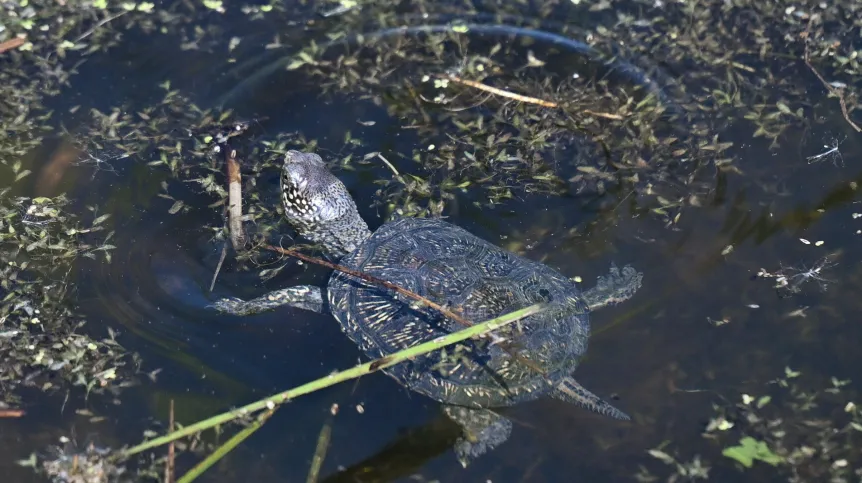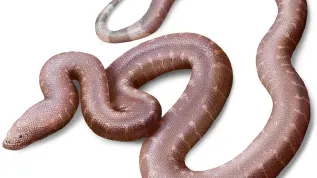
Information on nearly 300 turtle specimens living in Poland and Czechia from approximately 215 million years ago to the present has been compiled in a database created by scientists from the Institute of Paleobiology at the Polish Academy of Sciences.
The resource includes specimen data, photographs and, in many cases, 3D models.
The database is presented in the Swiss Journal of Palaeontology by Milan Chroust, PhD, and Tomasz Szczygielski, PhD, who also review historical and newly identified fossil sites.
Szczygielski told the Polish Press Agency (PAP) that although many fossil databases exist, most are “either institutional databases, containing information about a given collection and not offering a global perspective; or databases primarily focused on zoology, in which fossils are shown only incidentally and lack the appropriate tools (e.g., search function) to adequately represent the fossil record; or the Paleobiology Database, which stores information on fossil species occurrences but does not provide information on individual specimens, or include their images or 3D models.”
He added: “We therefore decided it was worthwhile to design a database in which specimens would be presented individually and using multimedia, to enable researchers to verify anatomical and systematic designations.
“This is also important because the areas of Poland and Czechia are scarcely discussed in the literature, despite the abundance of turtle remains. This is due to the fact that many historical publications were published in local Polish or Czech-language scientific journals, making them inaccessible to researchers unfamiliar with these languages – and even in our countries, they often disappeared without a trace.”
The database includes fossil localities, geological age, taxonomic assignments and bibliographic records. It currently contains 274 described specimens, but “many more will be added, as the database is still being developed.”
“Our preliminary estimates indicate several dozen species that lived in our countries from the Triassic (approximately 215 million years ago) to the present day, but we are still working on their verification and identification, so as work progresses, they will be added to the database,” Szczygielski said. “Many of these specimens were originally described in the 1960s, 1970s, and 1980s, so these historical designations are often outdated and require revision. There are also completely new forms.”
When asked about the long-term presence of turtles in the region, Szczygielski said “there were quite a few of them throughout almost the entire time they existed on Earth.”
He added that Poland’s Triassic deposits at Poręba contain “one of the first turtles ever – Proterochersis porebensis,” with further records of sea turtles from the Jurassic and Cretaceous. “However, most species appeared here after the Cretaceous extinction.”
He also cited the Miocene land turtle Manouria morla, recently described by his team. “Today, representatives of this genus are found only in Asia, but around 20–15 million years ago, they could also be found in Czechia. It is worth noting that the genus Manouria is the most ancient of the terrestrial turtle genera alive today. We also have Cenozoic sea turtles, mud turtles, and even a relative of the American snapping turtle.”
The project was funded by the Polish National Science Centre. The database is publicly accessible online here. (PAP)
akp/ agt/
tr. RL













